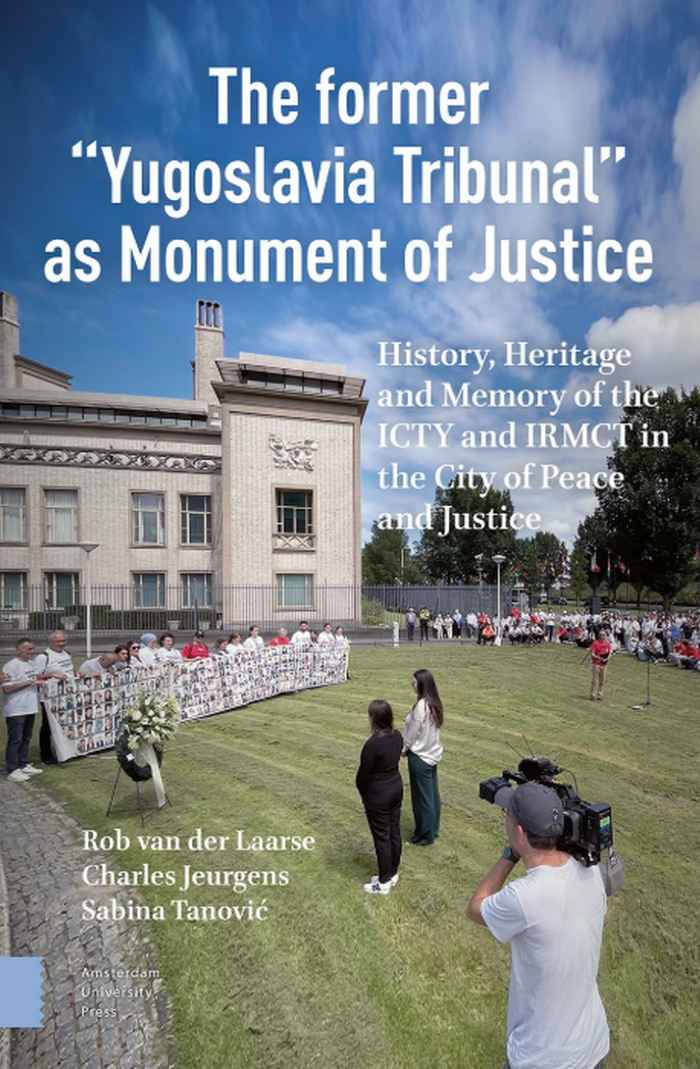UvA research recommends protecting former Yugoslavia Tribunal as a monument of justice
5 November 2025
The authors recommend that any future redevelopment respect the site’s historical significance. Many elements and spaces of the building — such as the façade, courtrooms, and detention cells — were assessed as having high commemorative value. Indeed, incorporating
innovative architectural or landscape design would highlight the site’s legal and historical importance and could enhance its status as a Monument of Justice. The building’s exceptional value must be taken into account in any potential redevelopment.
The tribunal made legal history
The ICTY, established by the United Nations in 1993, played a crucial role in the development of international law during its 25 years of operation. It investigated and prosecuted suspects of war crimes committed during the conflicts of the 1990s in the former Yugoslavia.
The Tribunal made legal history with its first application of the UN Genocide Convention in prosecuting the 1995 Srebrenica massacre, securing its position as a cornerstone in the evolution of international criminal law. Since 2013, the International Residual Mechanism for Criminal Tribunals (IRMCT) assumed the remaining tasks of the ICTY and continues to be housed in the building at Churchillplein 1 to this day.
Pivotal moment
In The Former “Yugoslavia Tribunal” as Monument of Justice, the authors outline strategies for valuing and safeguarding the site’s heritage. They respond to the complex challenge of preserving the building's significance with a number of important conclusions and recommendations as a framework for future adaptations to new circumstances.
'This is not merely about preserving a building,' they explain. 'The ICTY represents a pivotal moment in international justice —a place where accountability for genocide, war crimes, and crimes against humanity was pursued with determination. Its preservation as a monument to justice has implications far beyond The Hague.'
Memory mapping
By examining how societies remember periods of conflict and justice, the book adds to a broader discussion. It offers practical lessons for preserving other sites of international legal significance and navigating the complex task of safeguarding and reshaping difficult heritage.
The Former “Yugoslavia Tribunal” as Monument of Justice serves as historical documentation, heritage analysis and "memory mapping"; as well as a practical guide for policymakers, heritage professionals, legal scholars and civil society organizations committed to ensuring that this monument to international justice remains accessible to future generations.
